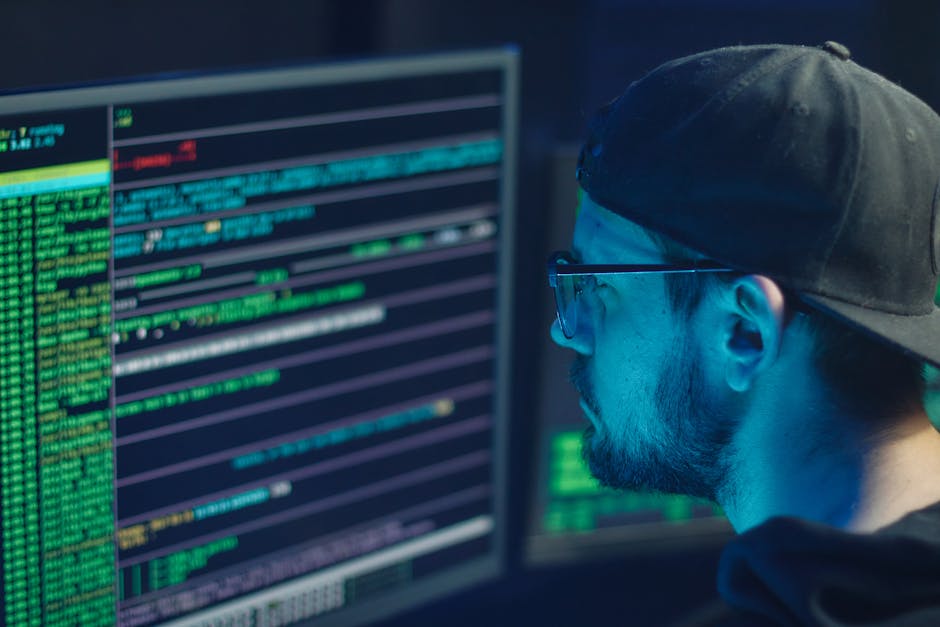
Recent research highlights a significant shift in red team operations as artificial intelligence becomes more sophisticated. A scoping review analyzing 11 studies from 2015-2023 reveals how AI methods like classification, regression, and clustering are transforming offensive security testing. This evolution presents both challenges and opportunities for security professionals.
Executive Summary for Security Leaders
Modern red teams are increasingly adopting AI techniques to simulate advanced threats. Key findings from recent studies show:
- AI red teaming now combines traditional penetration testing with model-specific attacks like prompt injection and data poisoning
- Attack methods leverage machine learning including LSTM networks for phishing, GANs for fake data generation, and clustering for pattern analysis
- Primary targets include AI models themselves (through poisoning), critical infrastructure, and credential databases
- Defensive strategies are emerging using explainable AI (XAI) and automated threat response systems
Technical Breakdown of AI Red Teaming Methods
The research identifies several AI techniques being weaponized in red team operations:
| AI Method | Application | Example Tools |
|---|---|---|
| Classification | Phishing URL detection, malware classification | LSTM, CNN, SVM |
| Regression | Password cracking, fake data generation | PassGAN, GANs |
| Clustering | Attack pattern analysis | k-means |
Notable tools mentioned in the research include DeepPhish for advanced phishing simulations and DeepLocker for targeted malware deployment. These tools demonstrate how AI can automate and refine attack vectors that were previously manual processes.
Emerging Threat Vectors
The studies highlight several concerning developments in AI-powered attacks:
Generative AI presents new risks, particularly in social engineering campaigns. As noted in recent reports, deepfake technology and AI-generated content are making phishing attempts more convincing. Attackers can now automate the creation of personalized messages at scale, bypassing traditional detection methods.
Another growing concern is AI-driven Advanced Persistent Threats (APTs). These attacks use machine learning to adapt to defensive measures, maintaining persistence in compromised systems. Research indicates these threats are increasingly targeting critical infrastructure and military systems.
Defensive Countermeasures
Security teams are developing responses to these evolving threats:
Explainable AI (XAI) frameworks are being implemented to improve transparency in model decisions. This helps identify when AI systems are being manipulated or producing biased outputs. Automated threat response systems are also gaining traction, with some organizations reporting success in using AI to detect and contain AI-powered attacks.
Regulatory bodies are beginning to address these challenges. Some jurisdictions now require red team testing for large language model deployments, as seen with recent mandates affecting OpenAI and Anthropic models.
Practical Implications for Security Teams
For professionals working in offensive and defensive security, these developments suggest several action items:
Red teams should incorporate AI testing into their methodologies, particularly for systems using machine learning components. This includes testing for adversarial examples, model poisoning, and other AI-specific vulnerabilities.
Blue teams should prioritize monitoring for AI-driven attack patterns. This may require updating detection rules to account for machine learning-based obfuscation techniques and automated attack tools.
Conclusion
The integration of AI into red team operations represents a significant evolution in cybersecurity. While these technologies enable more sophisticated attacks, they also provide opportunities to strengthen defenses through automated testing and improved detection capabilities. As the field continues to develop, security professionals will need to stay informed about both offensive applications and defensive countermeasures.
References
- Webasha. AI in Cybersecurity: Trends and Predictions.
- TechNewsWorld. The Rise of AI-Powered Password Cracking.
- HiddenLayer. AI-Driven APTs: A New Threat Landscape.
- LinkedIn. Responsible AI Failures in Security Contexts.
- arXiv. Scoping Review of AI in Offensive Security.
- T3 Consultants. AI Red Teaming: Methodology and Case Studies.
- Cloud Security Alliance. AI-Enhanced Penetration Testing.
- Hackread. Generative AI Threats in Cybersecurity.
- Mindgard. Adversarial Testing for AI Systems.
- ZwillGen. Regulatory Approaches to AI Security.





